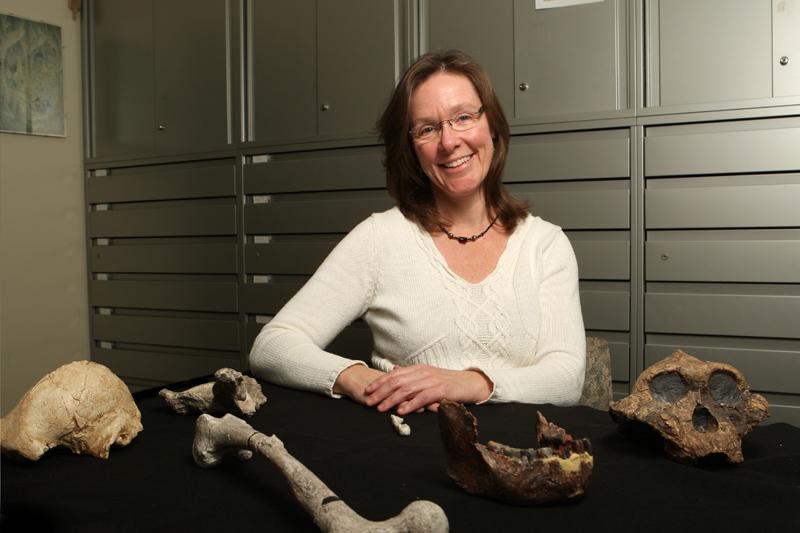Carol Ward, professor of pathology and anatomical sciences, published research regarding the development of the human hand in the Proceedings of the National Academy of Sciences in December.
The study comes nearly three years after her research team discovered a fossil of a human hand bone in 2011 that dates to approximately 1.47 million years ago.
Ward leads the West Turkana Paleo Project with professors from around the world. The fossil, found in Northern Kenya in the Turkana region, is now the earliest evidence of the modern human hand, changing scientists’ previous assumptions regarding human development.
“We thought (the modern hand) appeared very recently with the Neanderthals and other archaic sapiens when they started to make really complex tools,” Ward said. “What we found when we saw that this fossil was so old was that the hand changed right when tools were beginning to become very prevalent, and may have allowed and facilitated the evolution of the amazing ability that our hands and minds have today.”
Ward did not see the bone until a replica was sent to her, since she was teaching at the time it was found. Upon seeing the replica, she could instantly see its importance.
The bone is the third finger metacarpal, which connects the fingers to the wrist. The development of the metacarpal was essential for human development.
“The earliest hominids, like Lucy and Australopithecus about three million years ago, they had opposable thumbs, like all primates do, and they were probably pretty capable of using them,” Ward said. “But their wrists hadn’t rearranged to be able to generate the really high forces, sort of like when you’re pinching something between your thumb and your fingers, which you would do when making or using a tool.”
Ward said this ability to make tools coincided with the appearance of the metacarpal. In fact, early tools had previously been found in areas close to the site where the bone was found.
“It’s not so much the tools themselves that are important, but what that signals is that hominids who were able to make tools like this were probably also using their hands for everything, manipulating all kinds of objects,” Ward said. “Roughly in the same time we see this advent in hand use and tool technology, we start to see the anatomy of the modern human hand go along with that.”
Ward leaves for Kenya on Thursday to continue her work with the Paleo Project and further understand the evolution of the human hand.
“This is a fossil that’s hugely significant because it answers a question that we’ve never had an answer to: When did the modern human hand evolve?” Ward said. “There’s so much more to learn about human evolution, we need to get out in the field and spend as much time finding fossils as possible.”








